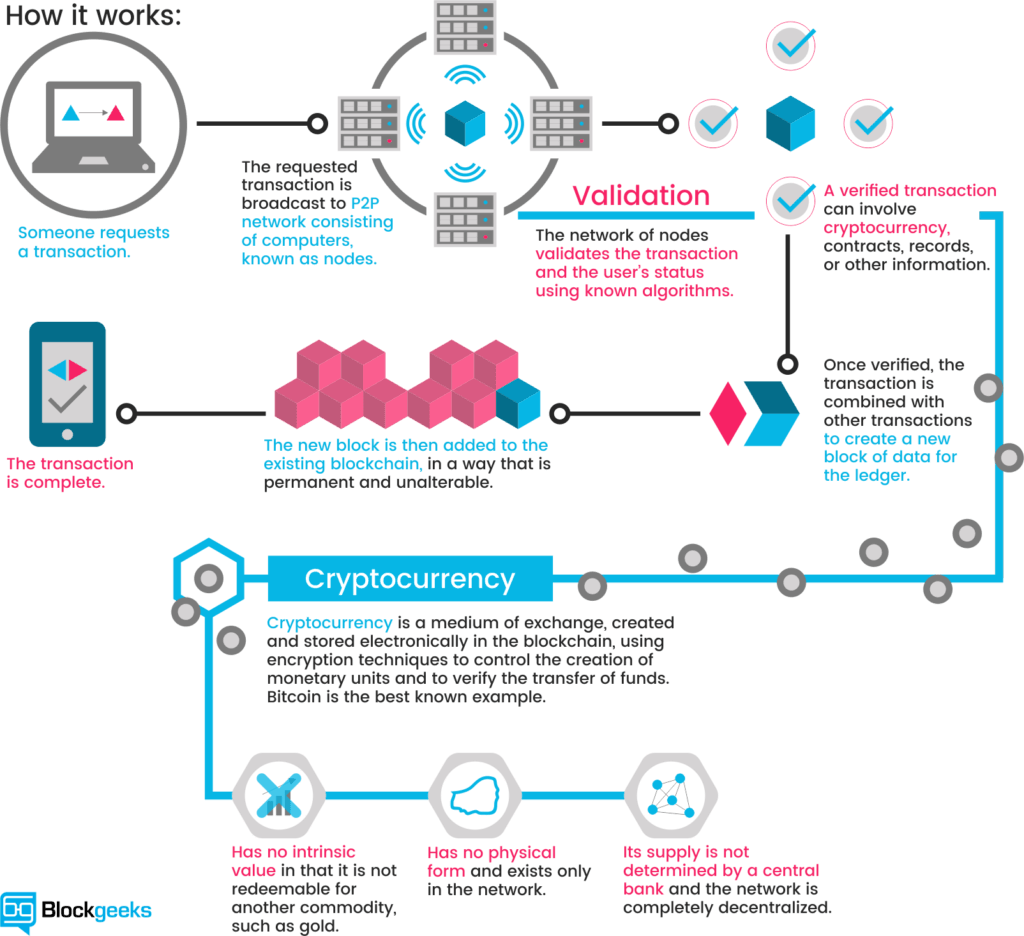Stealing the actual card: This type of fraud involves stealing the victim’s card and using it for unauthorized purposes. Most people are unaware when their card gets stolen and crucial time is lost before the victim realizes that the card is stolen.
Skimming/Counterfeit fraud: This happens when the fraudster creates fake cards by obtaining the details of the magnetic strip or electronic chip from the victim’s card. It happens when we using our cards at POS locations. Extremely difficult to detect and people don’t realize it until they see their bank transactions.
Card not present(CNP): CNP fraud occurs when the fraudster obtains the victim’s card information and uses the card to make transactions which do not require the actual possession of the card, such as online or over the telephone.
Identity theft fraud: in this type of fraud, the fraudster uses the victim’s information to apply for loans and credit cards, withdraw money from the bank and generally use the card for privileges as a legitimate user.
People have been trying to steal money since the time money existed. Fintech is growing rapidly and providing users with opportunities to make financial transactions seamless. However, at the same time, it’s also providing fraudsters new ways of stealing money. The biggest threat I feel for fintech is going to be dealing with fraud. Robust security mechanisms have to be put in place in every step of a transaction, but at the same time, it should not hinder customer experience. After all, fintech is all about providing a seamless experience for customers. Finding the right balance between fraud prevention and customer experience will determine the success of fintech.
References :
http://www.cardwatch.org.uk/types-of-card-fraud.html



